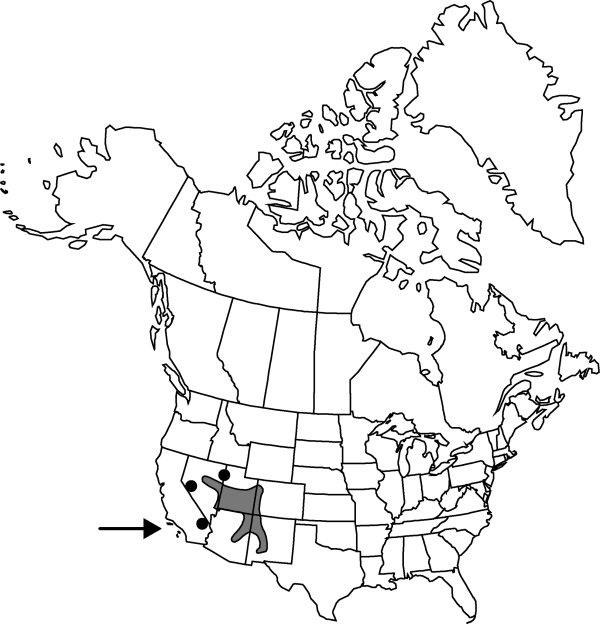Opuntia polyacantha var. hystricina
Cact. Succ. J. (Los Angeles) 70: 188. 1998.
Common names: Porcupine pricklypear
Basionym: Opuntia hystricina Engelmann & J. M. Bigelow
Synonyms: Opuntia erinacea var. hystricina (Engelmann & J. M. Bigelow) L. D. BensonOpuntia erinacea var. rhodantha (K. Schumann) L. D. Be nsonOpuntia erinacea var. xanthostemma (K. Schumann) L. D. BensonOpuntia rhodantha unknownOpuntia xanthostemma unknown
Revision as of 21:45, 26 July 2019 by FNA>Volume Importer
Stem segments obovate, 8–10 × 5–8 cm; areoles (6–) 8–10 per diagonal row across midstem segment, 10–17 mm apart. Spines in most areoles, grading in size and orientation; longer spines (1–) 2–6 per areole, slightly descending porrect, ascending near apex, (yellow-gray to) brown to black, (40–) 50–80 mm; smaller spines 4–6 per areole, reflexed, gray-white. Fruits stout; areoles 11–21, bearing 4–8 spines, 4–18 mm. 2n = 44, 66.
Habitat: Grasslands, pinyon-juniper woodlands, clay or limestone soils
Elevation: 1300-1900(-2400) m
Distribution

Ariz., Calif., Colo., Nev., N.Mex., Utah.
Discussion
Selected References
None.
Lower Taxa
None.